Living in Sandton (wealthy northern suburb of Johannesburg) which is not just one of the nicest cities in SA, but likely one of the nicer cities in the world, I sometimes forget I’m in South Africa, a supposed third world country with extreme poverty in many areas and home to the world’s highest income disparity. I’ve done all the touristy things around town so there really isn’t much reason for me to leave the confines of home (unless it’s to go to Cape Town of course!) so I’ve found myself hanging out in a 10 square km radius for the past few months. That’s not my style however, and with plenty of friends telling me about how different places like Soweto and Pretoria were, it was time I finally checked them out.
These two cities are well known and both hold immense amounts of history for this country. I spent a day in each city, and at the same time, got a to see a bit of South African sport culture as I saw a rugby match in Pretoria and soccer match in Soweto. I must say, for two cities that are an hour away from each other, there couldn’t be two more polar cities.
The history of Soweto

Soweto is largely known to the outside world for being a poor South African slum that the late Nelson Mandela lived. It is true, but there is far more history than that. Soweto’s name was derived from South West Township and was created by the government a century ago as an area to displace the Black population from the major urban areas. It is one of the largest townships in the country (townships are essentially slums) and for most of its history, it has served as an area of segregation, extreme poverty, and most importantly, as a center for apartheid resistance documented by the Soweto Uprisings.
Modern Soweto

Nowadays, this place has completely changed. I, like any foreigner, had perceptions of what this “township” would be like; dirty, old, poor, dangerous etc. Oh how I was wrong. Yes there are still many parts of Soweto that resemble the national geographic images of poverty in Africa. However, with the post Apartheid surge in the South African economy, there is a large and fast growing Black middle class. Soweto has come a long ways since its fighting days.

Driving around, I saw nice cars everywhere, new buildings, people dressed in nice clothing. I didn’t feel threatened at all. Also, throw in the Maponya Mall which rivals that of the nicest malls I’ve seen, and I begin to wonder to myself what’s all the fuss about when it comes to Soweto? This place is not all bad! While culturally, it’s seen as desirable to “make it” and leave the township, people will still come back here to show off their possessions and how they’ve made it in life, also a sign of how far the country has come economically in the last 20 years.

Nevertheless, compared to Sandton with its immense wealth, Soweto is still incredibly poor and you can clearly see it. There are still shanty towns everywhere like the picture here. I’m not sure if these areas even have electricity. To show how much Soweto has come up in recent years, a few blocks down the road from these shanty towns will be proper houses in proper neighborhoods. Nonetheless, Soweto is far closer to foreigner’s perceptions of Africa than a city like Sandton.
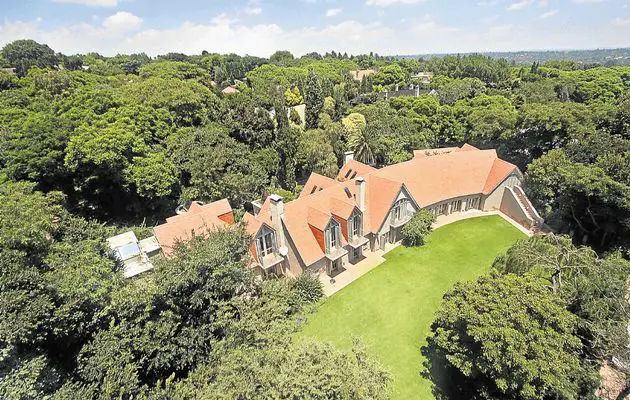
What to do in Soweto?
To further showcase that Soweto is not the dangerous, poor, dirty stereotype that its given, it is actually one of the top tourist attractions in Johannesburg. There are plenty of companies that do day tours to Soweto and plenty of tourists sign up. For about 600R, a company will pick you up and go for a half day touring Soweto, visiting all the sites, and even visiting one of the poorer areas. There are even bike tours available now.
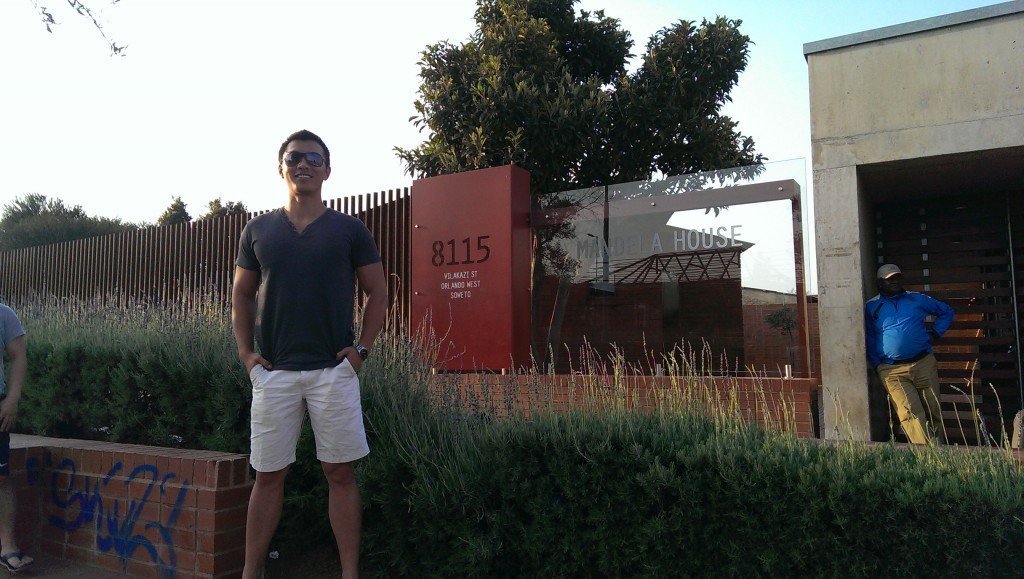

I’ve never done one of these tours because why go on a tour with tourists when I can have my own private tour with some locals who happen to be friends? The main tourist attractions here are Mandela’s old house (not a historical site), Vilakazi street, the Apartheid Museum (not in Soweto but close by), and a few monuments dedicated to the people that lost their lives during the uprising in the Apartheid era. For something not culture related, there are the Orlando cooling towers which is home to the Soweto bungy jump! At 100m, it’s less than half the height of the bungy at Bloukrans so I never bothered.

The one good thing about having South Africa friends is I can roll up into a locals hangout and not feel completely out of place. While Vilakazi street has plenty of bars, this is nowadays, a very touristy part of town and is a place that foreigners flock to and locals return to Soweto to show off how far they’ve come in life (check out the nice cars here). For a more local experience, where you’ll likely stand out and garnish looks from the locals (not bad looks, just curious looks), head to Panyaza or Chaf-Pozi by the Orlando Towers. The booze is cheap, and there is always a braai happening where you can purchase your meat on the spot.
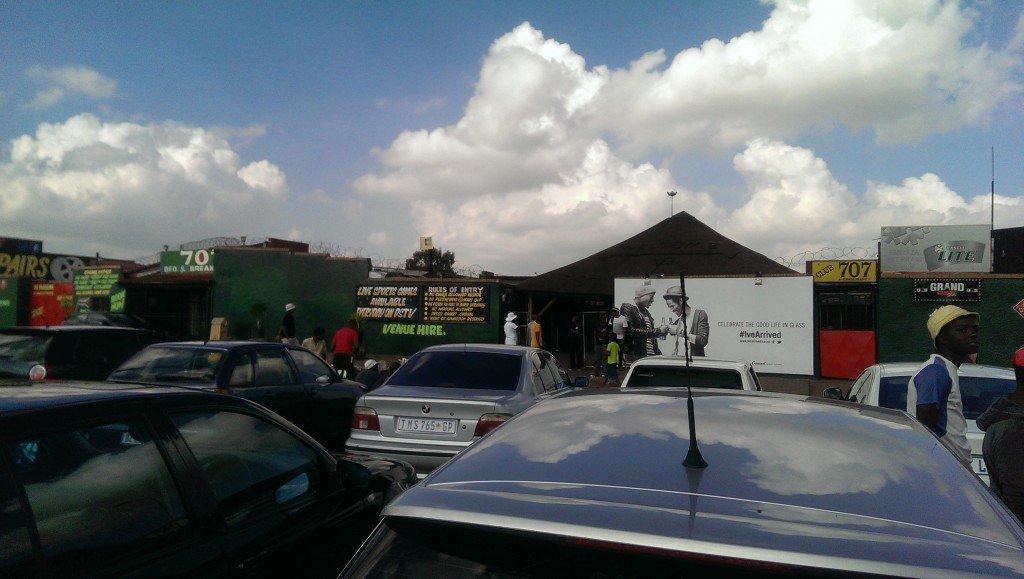
All in all, I reckon I will come back to Soweto a few more times before I leave. This is the type of social experience I enjoy as it’s different and to me, a good time. It’s also something I will never experience once I return home to the states.



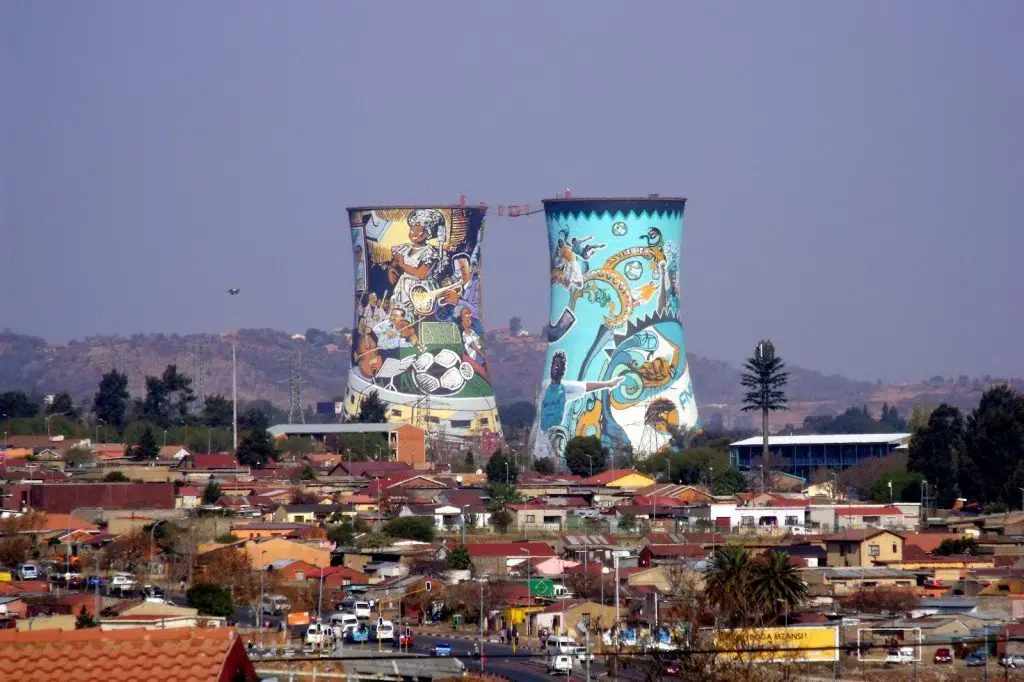
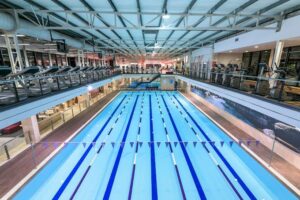


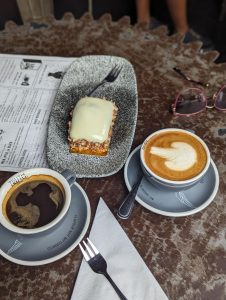
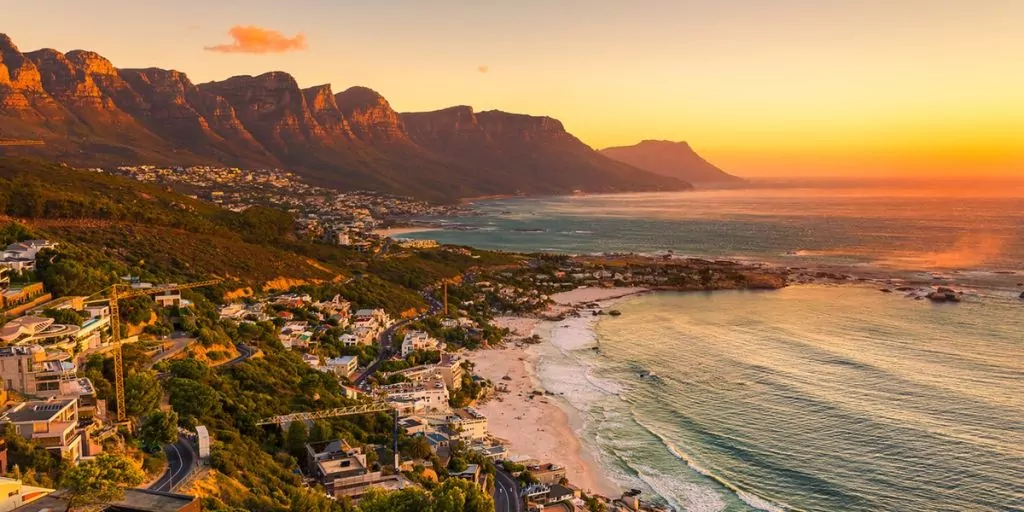


35 years ago the only way you would left Soweto is with a burning tyre “necklace” around your neck.